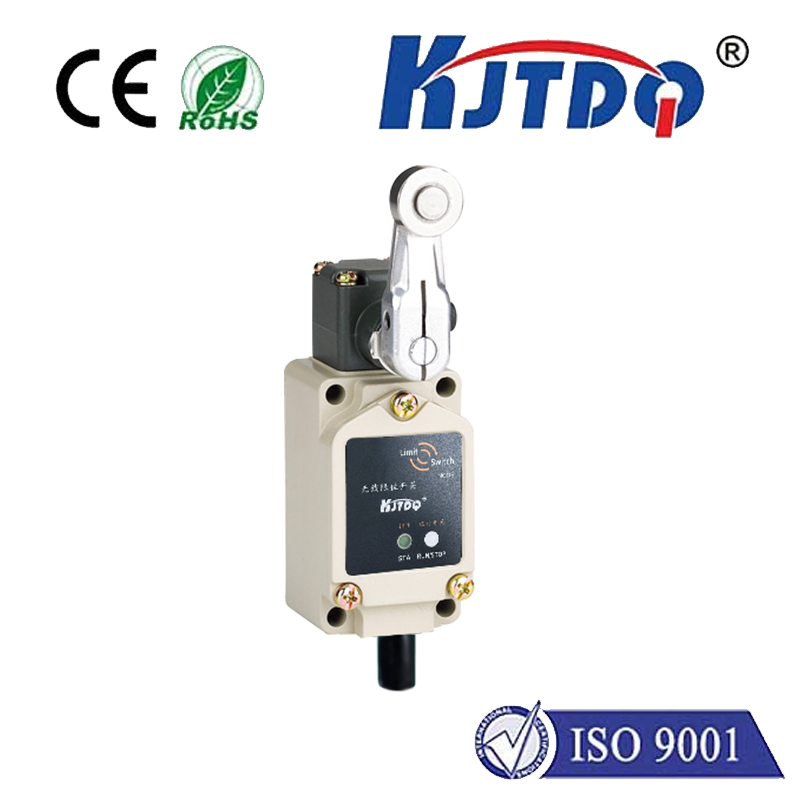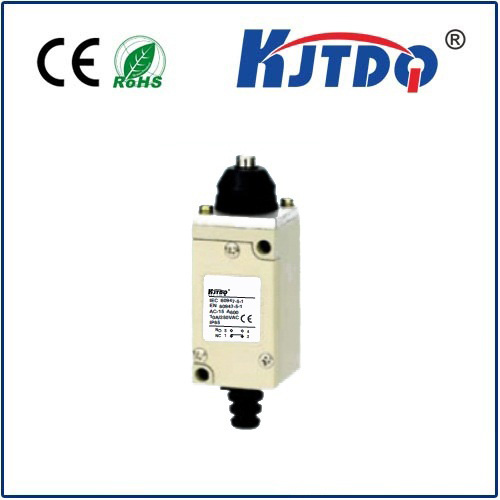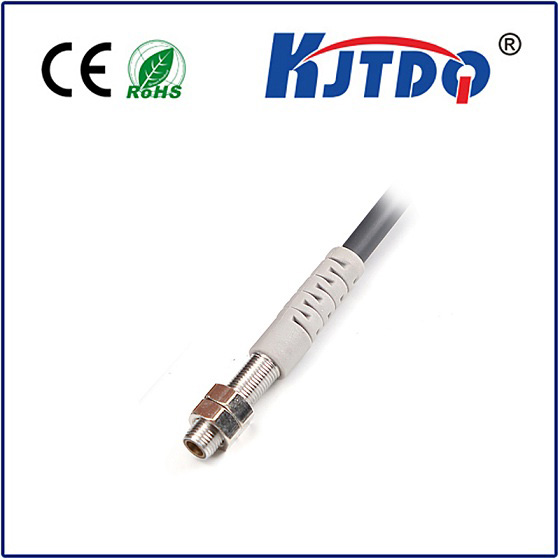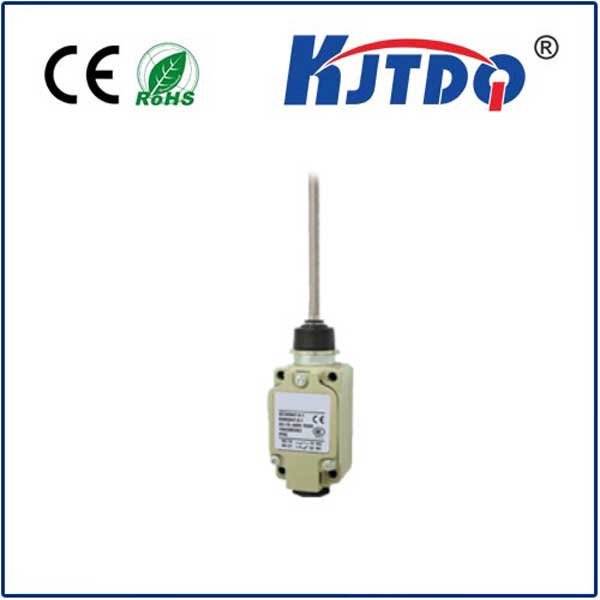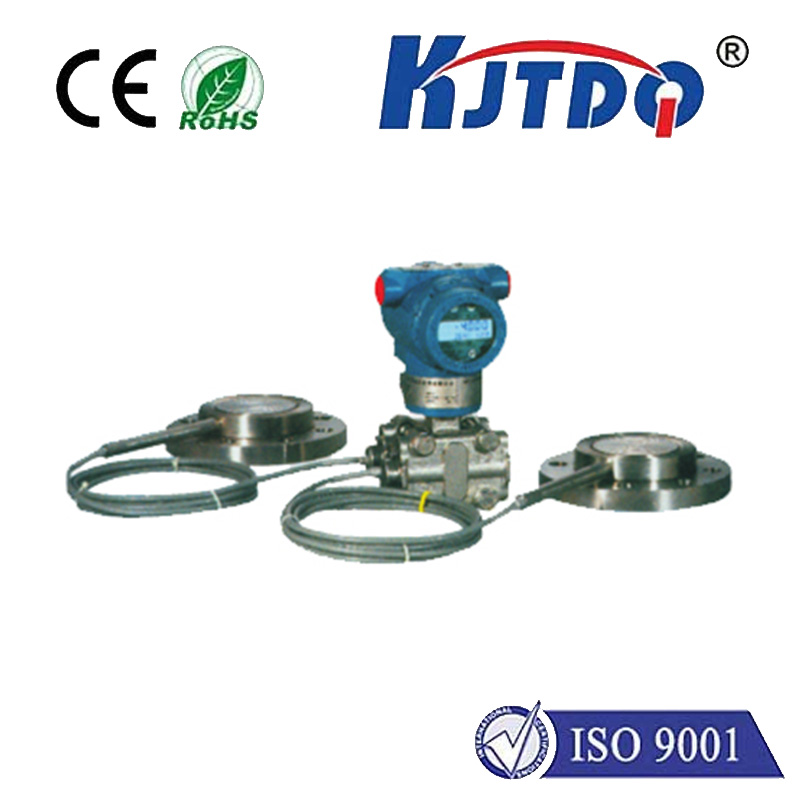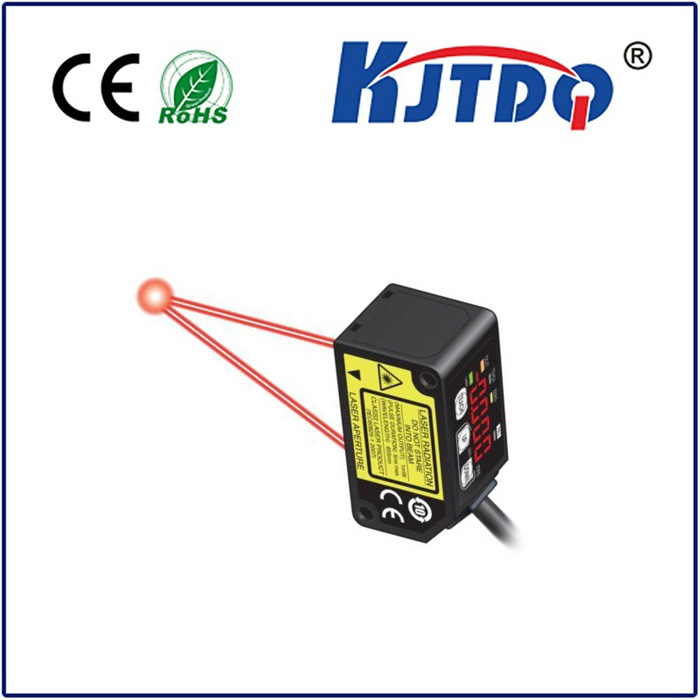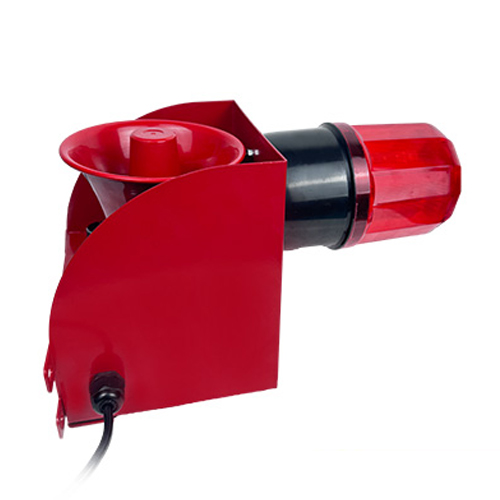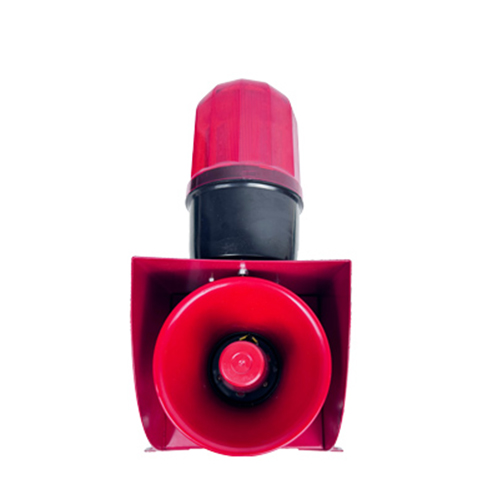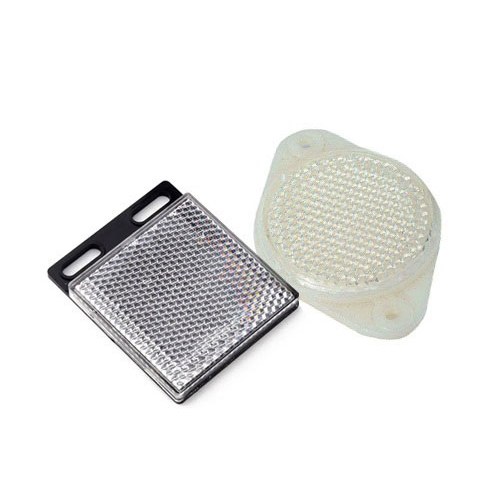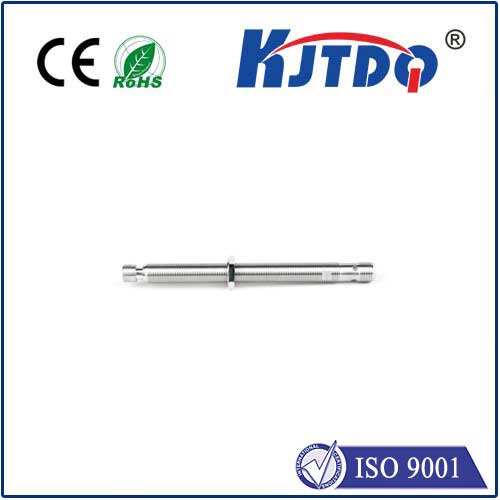

check

check

check

check
PZ-G52EN Photoelectric Sensor: Enhancing Automation and Safety in Modern Industry
In today’s rapidly evolving industrial landscape, automation and precision are key to achieving efficiency and safety. Among the many technologies that enable these goals, the PZ-G52EN photoelectric sensor stands out as a vital component in modern manufacturing and control systems. This sensor is designed to detect the presence or absence of objects using light, offering a reliable and efficient solution for a wide range of applications.
The PZ-G52EN photoelectric sensor operates on the principle of light emission and detection, using either infra-red (IR) or visible light to determine the presence of an object. The sensor consists of a light-emitting diode (LED) and a photodetector, which work together to generate and receive light signals. When an object is placed in the detection area, the sensor detects the change in light intensity, which triggers an output signal. This makes it highly sensitive and responsive, ensuring accurate and timely detection.

One of the most significant advantages of the PZ-G52EN photoelectric sensor is its non-contact detection capability. Unlike mechanical sensors, it does not require physical contact with the object being detected, eliminating the risk of damage or wear. This is particularly beneficial in environments where frequent contact could lead to maintenance issues or safety hazards. The sensor is also ideal for use in high-speed production lines, where rapid and precise detection is essential.
The PZ-G52EN photoelectric sensor is suitable for a variety of industrial applications, including material handling, quality control, automated sorting, and safety monitoring. In material handling, it can be used to detect the presence of items in conveyor systems, ensuring that the correct products are being processed. In quality control, it helps monitor the integrity of products, detecting any anomalies or defects in real time. For automated sorting, the sensor can distinguish between different materials or objects, improving the accuracy and speed of the sorting process.
Another key feature of the PZ-G52EN photoelectric sensor is its wide detection range and high sensitivity. It can detect objects at a distance ranging from a few centimeters to several meters, depending on the configuration. Its sensitivity allows it to detect even small changes in light intensity, making it highly reliable in demanding environments. This ensures that the sensor can be used in various settings, from small-scale workshops to large industrial facilities.
In terms of installation and maintenance, the PZ-G52EN photoelectric sensor is designed for easy integration into existing systems. It typically requires a simple electrical connection, and its modular design allows for easy replacement of components. This reduces the need for complex setups and minimizes downtime, which is crucial in maintaining operational efficiency.
The PZ-G52EN photoelectric sensor also offers reliable performance under varying environmental conditions. It is resistant to dust, moisture, and temperature fluctuations, making it suitable for use in harsh industrial environments. This durability ensures that the sensor can operate continuously without frequent recalibration or replacement.
In summary, the PZ-G52EN photoelectric sensor is a versatile and reliable solution for detecting objects in industrial settings. Its non-contact detection, high sensitivity, and wide range of applications make it an essential component in modern automation and safety systems. As industries continue to prioritize efficiency and precision, the PZ-G52EN photoelectric sensor remains a valuable asset in achieving these goals.
